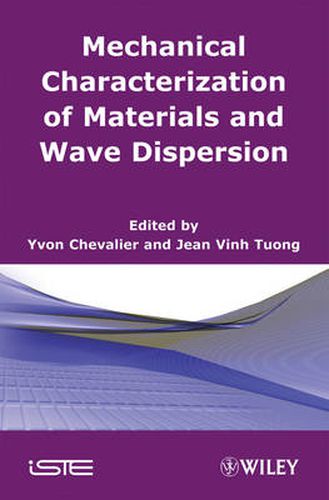Readings Newsletter
Become a Readings Member to make your shopping experience even easier.
Sign in or sign up for free!
You’re not far away from qualifying for FREE standard shipping within Australia
You’ve qualified for FREE standard shipping within Australia
The cart is loading…






Dynamic tests have proven to be as efficient as static tests and are often easier to use at lower frequency. Over the last 50 years, the methods of investigating dynamic properties have resulted in significant advances. This book explores dynamic testing, the methods used, and the experiments performed, placing a particular emphasis on the context of bounded medium elastodynamics. The discussion is divided into four parts. Part A focuses on the complements of continuum mechanics. Part B concerns the various types of rod vibrations: extensional, bending, and torsional. Part C is devoted to mechanical and electronic instrumentation, and guidelines for which experimental set-up should be used are given.Part D concentrates on experiments and experimental interpretations of elastic or viscolelastic moduli. In addition, several chapters contain practical examples alongside theoretical discussion to facilitate the reader’s understanding. The results presented are the culmination of over 30 years of research by the authors and as such will be of great interest to anyone involved in this field.
$9.00 standard shipping within Australia
FREE standard shipping within Australia for orders over $100.00
Express & International shipping calculated at checkout
Dynamic tests have proven to be as efficient as static tests and are often easier to use at lower frequency. Over the last 50 years, the methods of investigating dynamic properties have resulted in significant advances. This book explores dynamic testing, the methods used, and the experiments performed, placing a particular emphasis on the context of bounded medium elastodynamics. The discussion is divided into four parts. Part A focuses on the complements of continuum mechanics. Part B concerns the various types of rod vibrations: extensional, bending, and torsional. Part C is devoted to mechanical and electronic instrumentation, and guidelines for which experimental set-up should be used are given.Part D concentrates on experiments and experimental interpretations of elastic or viscolelastic moduli. In addition, several chapters contain practical examples alongside theoretical discussion to facilitate the reader’s understanding. The results presented are the culmination of over 30 years of research by the authors and as such will be of great interest to anyone involved in this field.